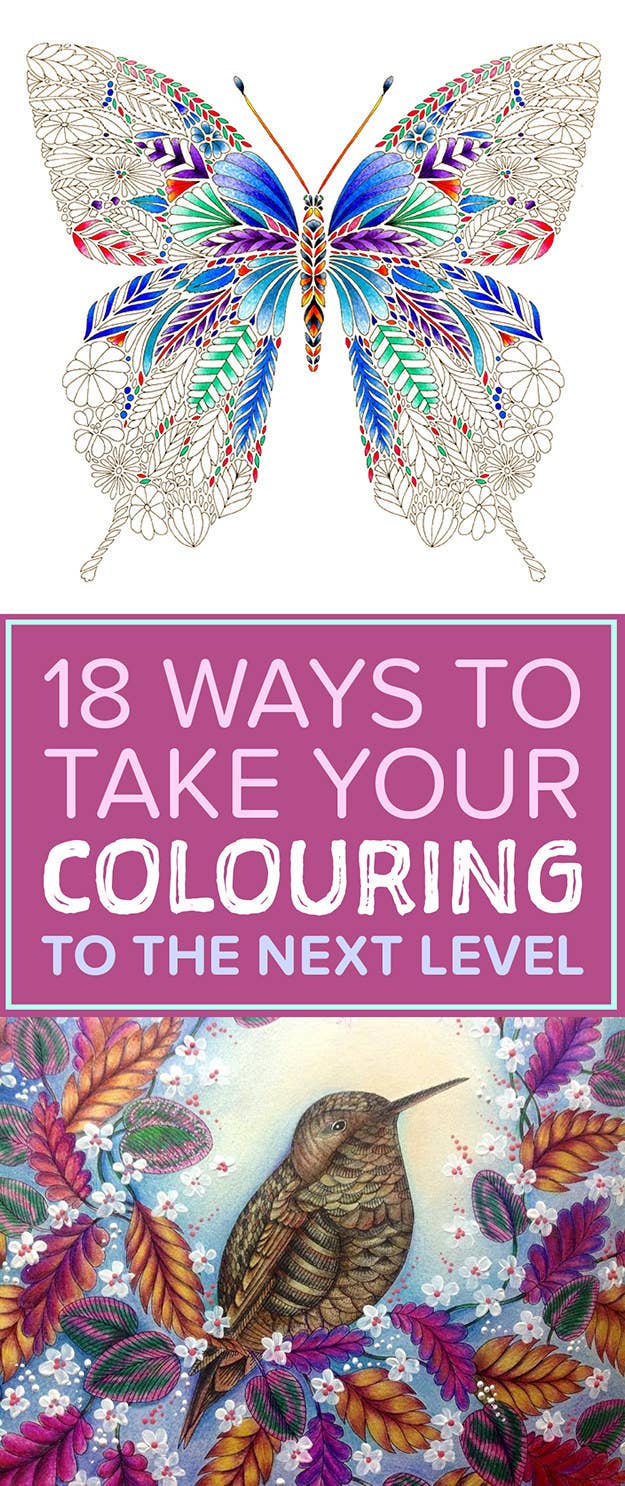
1. Colour doesn't have to be your main focus – you can think of texture too.
2. Work with the detail on the page.
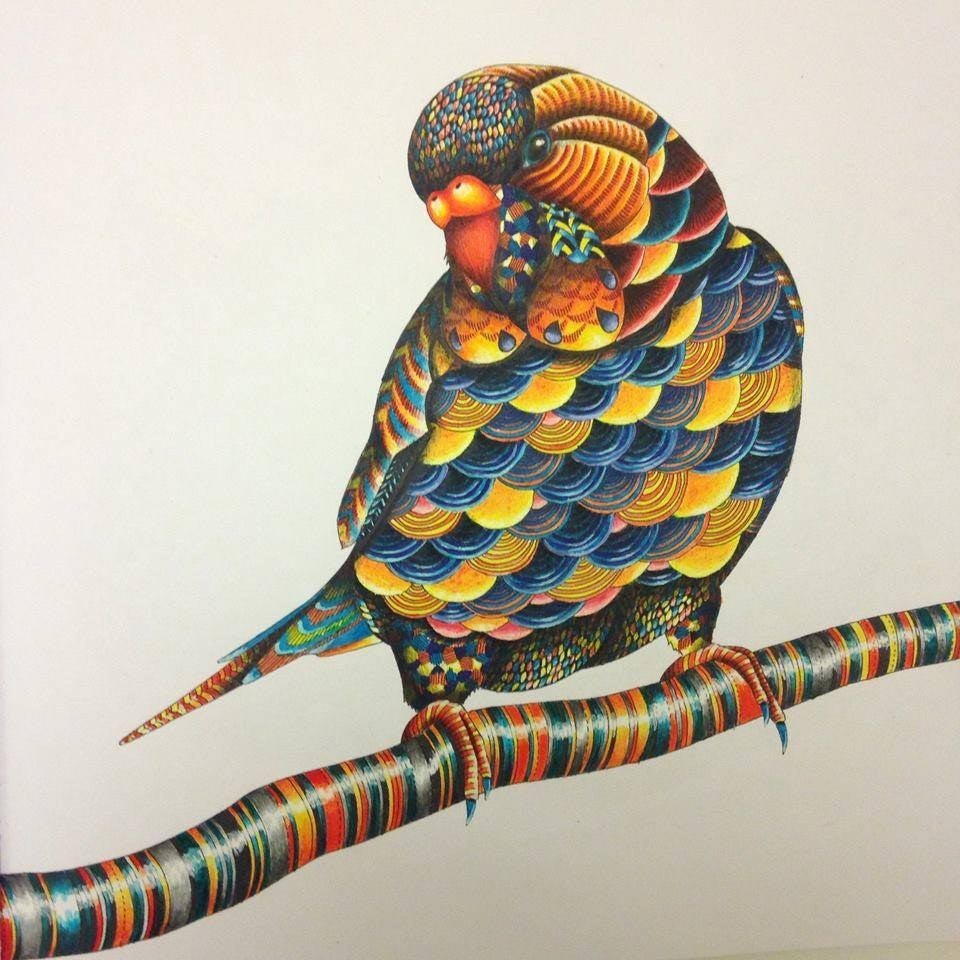

When it comes to illustration, Marotta doesn't have colour schemes in her head: "I don't really have a colour scheme in mind myself when working on an illustration, but that I do think about all the wonderful ways in which other people might colour the image in their own unique style.
"I think about the size of shapes that people are going to be colouring in. I think about the details, that it's an interesting composition that people can work with – that it's got plenty of variety, very intricate areas, and larger more empty areas to colour."
3. You should add to the drawings on the page.

4. Pencils are your best option.
5. Markers tend to be more trouble than they're worth.
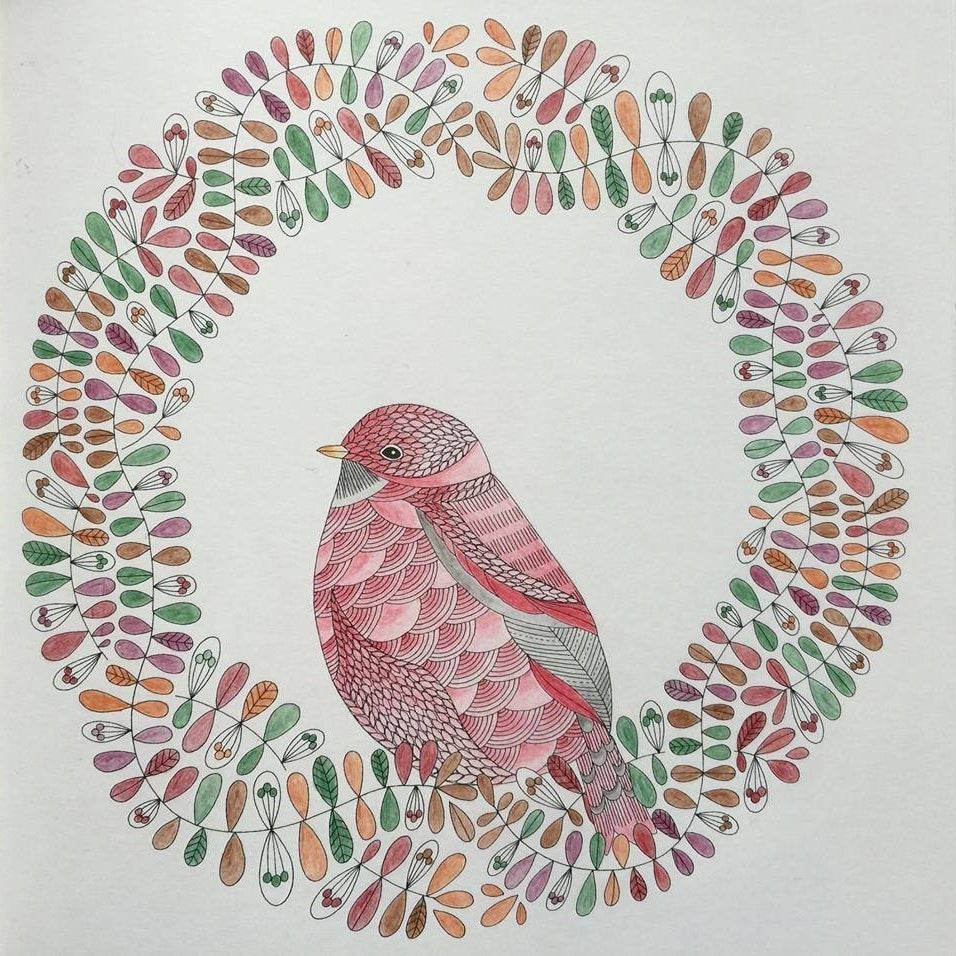

"In terms of markers, each to their own. I think with markers you have to be careful what you choose. If it's something with a really heavy ink flow you might have a problem. The ink might bleed through the page, or the inks might run into one another or on the page."
6. Although it depends how heavy your hand is.
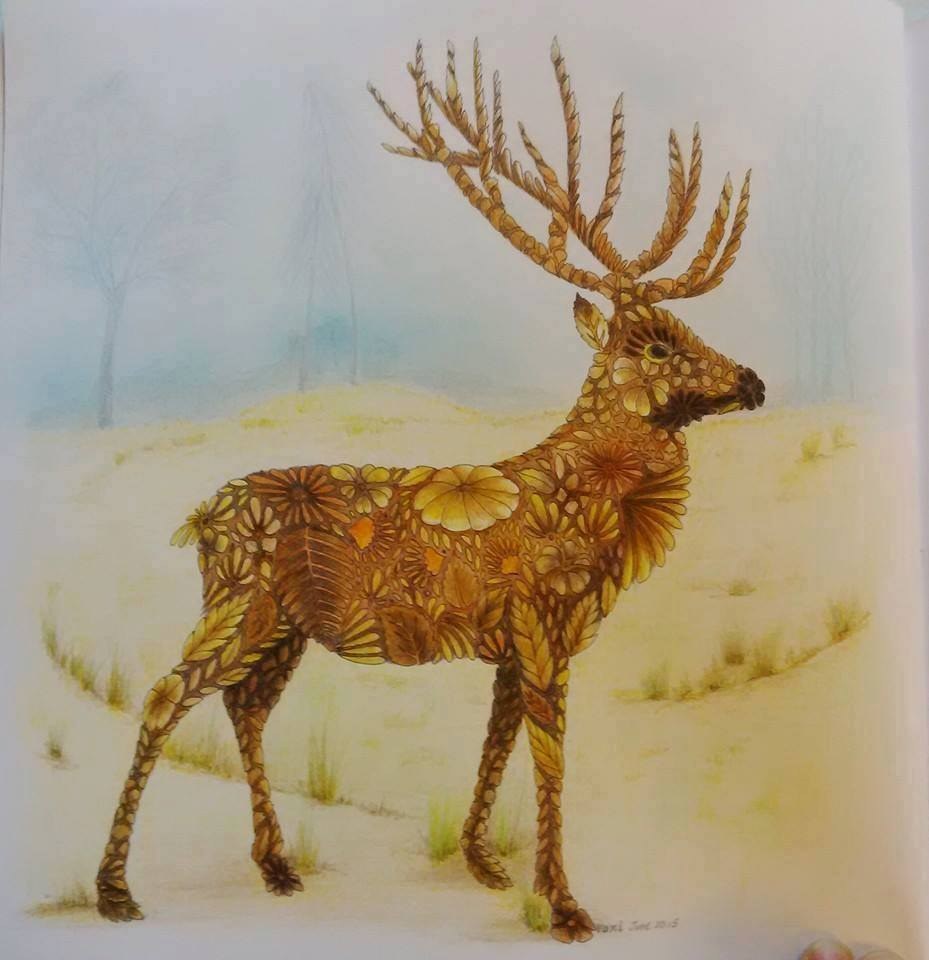
7. Choose an illustrator whose interests are the same as yours.
8. And choose an illustrator whose style you admire too.
9. Because colouring books are illustrated with the user in mind.
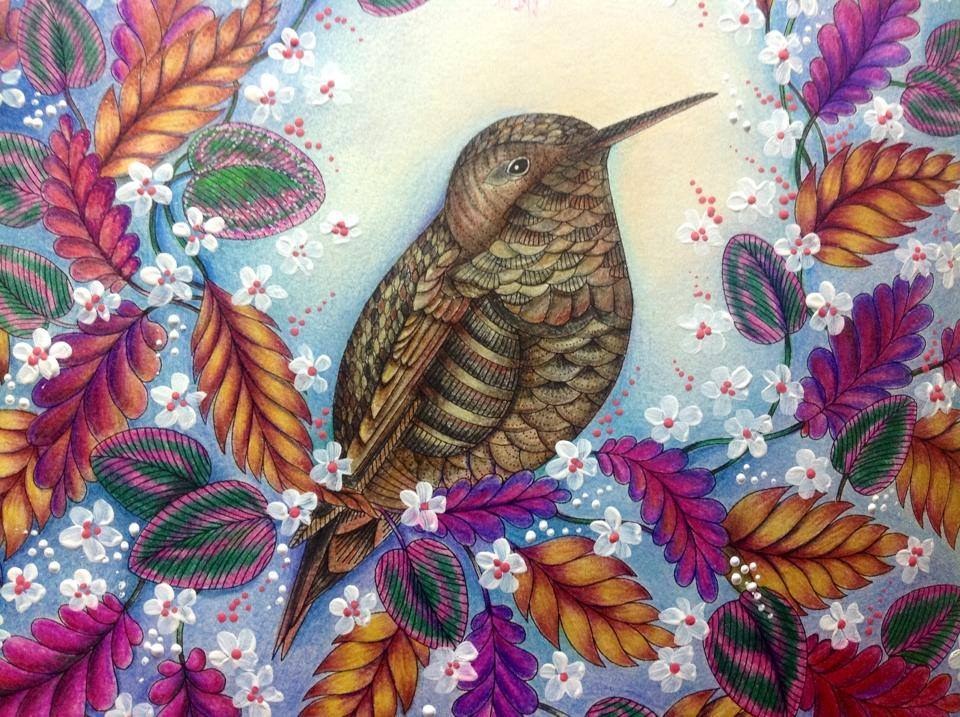
10. You can request your favourite animal to colour.
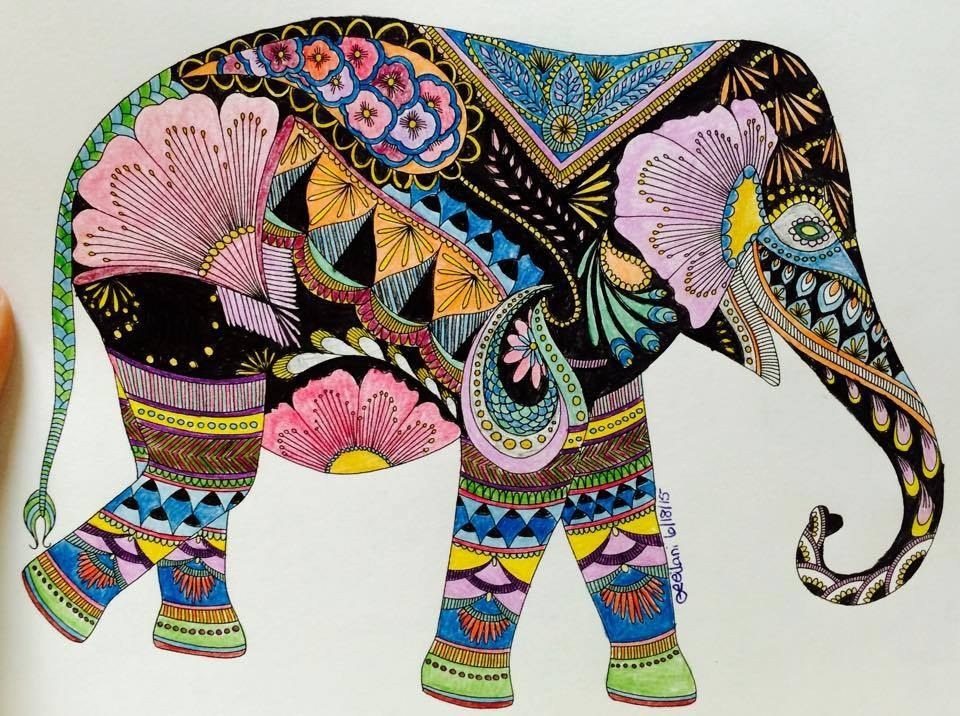
11. There's no set amount you should spend on your materials.
12. Don't be afraid to mix your materials.
13. If you're feeling overwhelmed, it helps to limit your colour scheme.
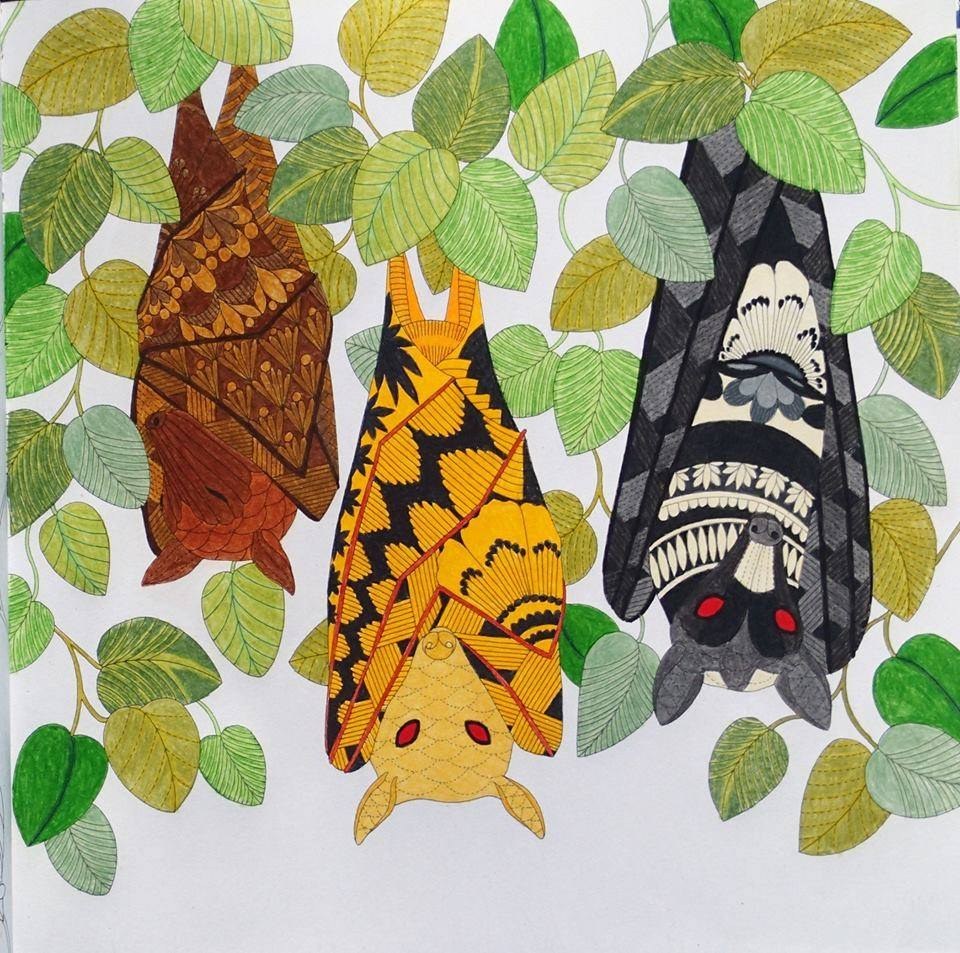
14. And then you can really limit it.
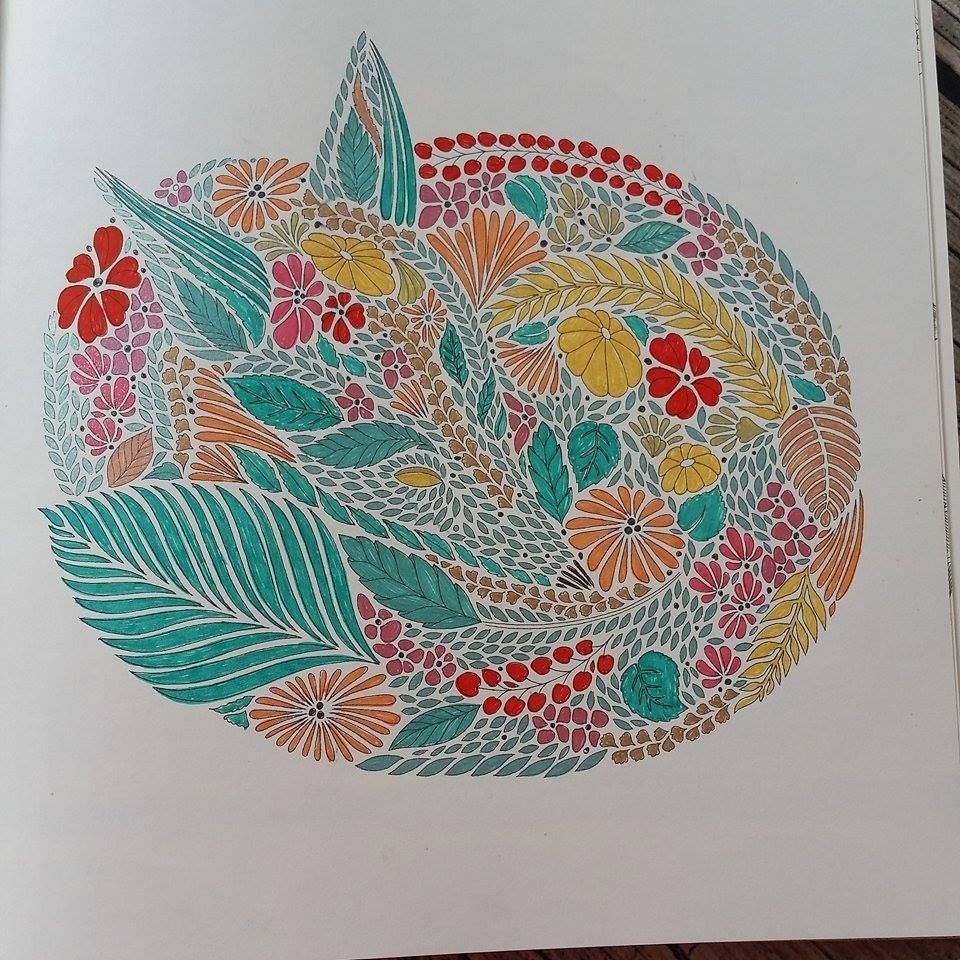

"I think it can make for a really striking image, using a completely monochrome palette, and only colouring an entire image with one colour. This won't work as well with pens, for example, but I've seen some amazing examples of images that have been coloured just with 20 or 30 different shades of blue.
"It doesn't always mean using just one pencil: You can use three or four different pencils and it can make for a really striking, interesting image."
15. Reach out to other fans for inspiration.
16. Take things step by step.
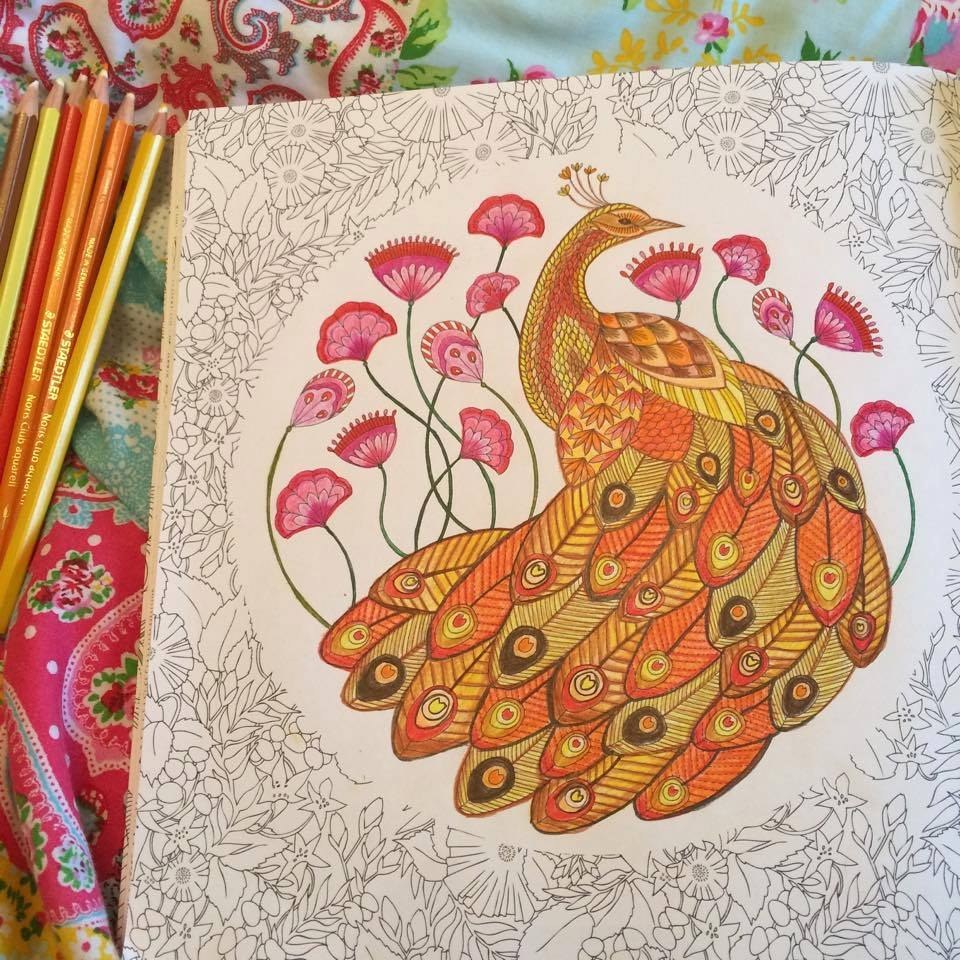
17. And enjoy it!
18. Because authors enjoy seeing the results as much as you do.
Animal Kingdom Deluxe Edition by Millie Marotta is out now (Pavilion Books) and is available from Amazon.
CORRECTION
The island off the coast of Pembrokeshire that Millie Marotta visited is called Skomer Island. An earlier version of this post got the name wrong due to a transcription error.
